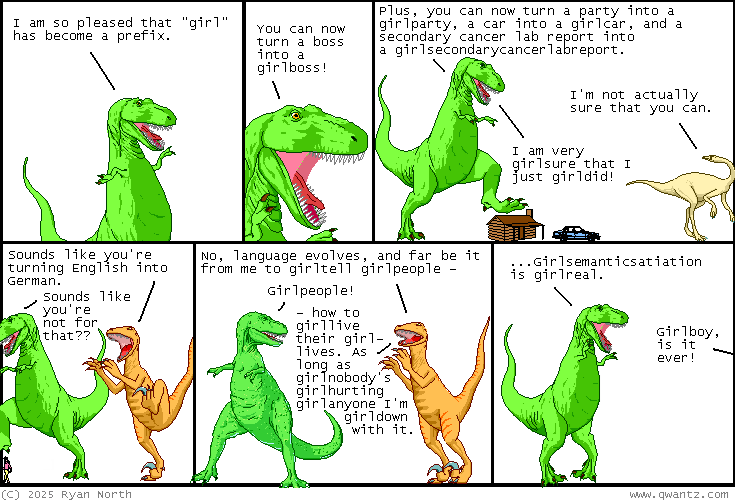LSA Virtual Attendance Option
Fritz Newmeyer suggested that I post this.
The Linguistic Society of America will be offering a quasi-hybrid registration option for the 2026 Annual Meeting, to be held January 8-11, 2026.
For those of you who cannot travel to New Orleans in person, attending remotely through the quasi-hybrid registration option will give you virtual access to all plenary talks, plus access to four concurrent session rooms where a continuous schedule of sessions selected to reflect the full array of disciplinary subfields will be offered across all four days of the meeting.
As a virtual attendee, you will be able to see the speakers, ask questions, and hear questions from the live audience. This year’s virtual option is a pilot test for a cost-effective approach to hybrid meetings. If it is successful, we will expand the number of hybrid rooms in coming years. Please tell your international colleagues or anyone who is concerned about traveling for any reason about the virtual registration option and encourage them to join us!
You can filter the 2026 LSA Annual Meeting Program for the Track "Hybrid" and see the 45 sessions that virtual registrants will be able to attend, which includes all plenaries plus four continuously scheduled concurrent session rooms.
The links to access the sessions will be in the meeting app, which everyone who registers for the meeting will be able to download.

